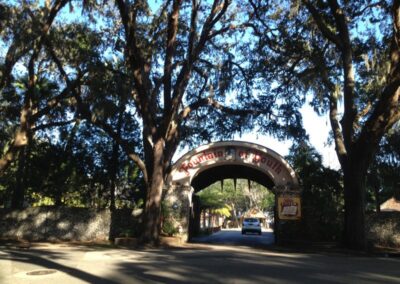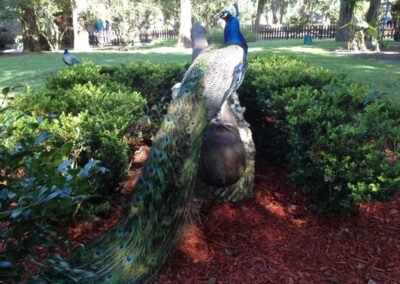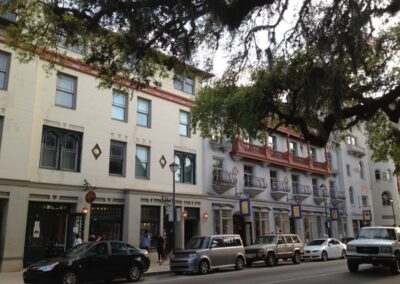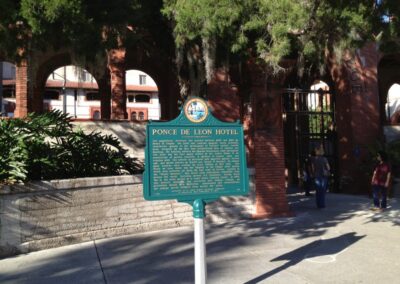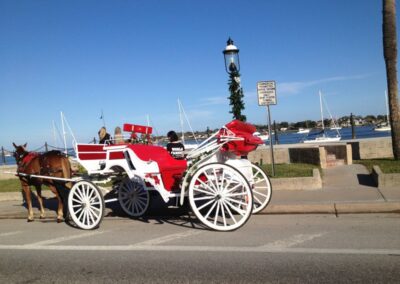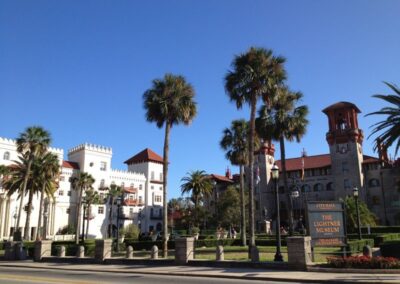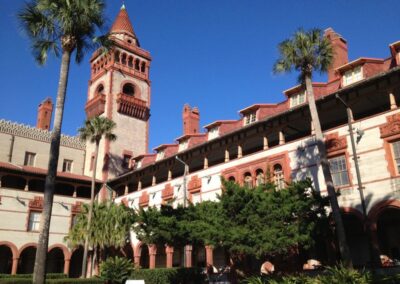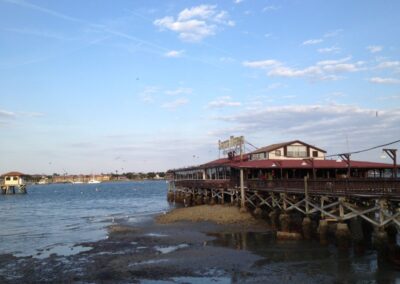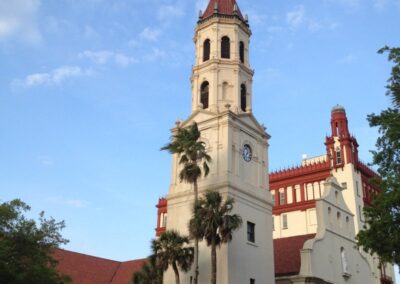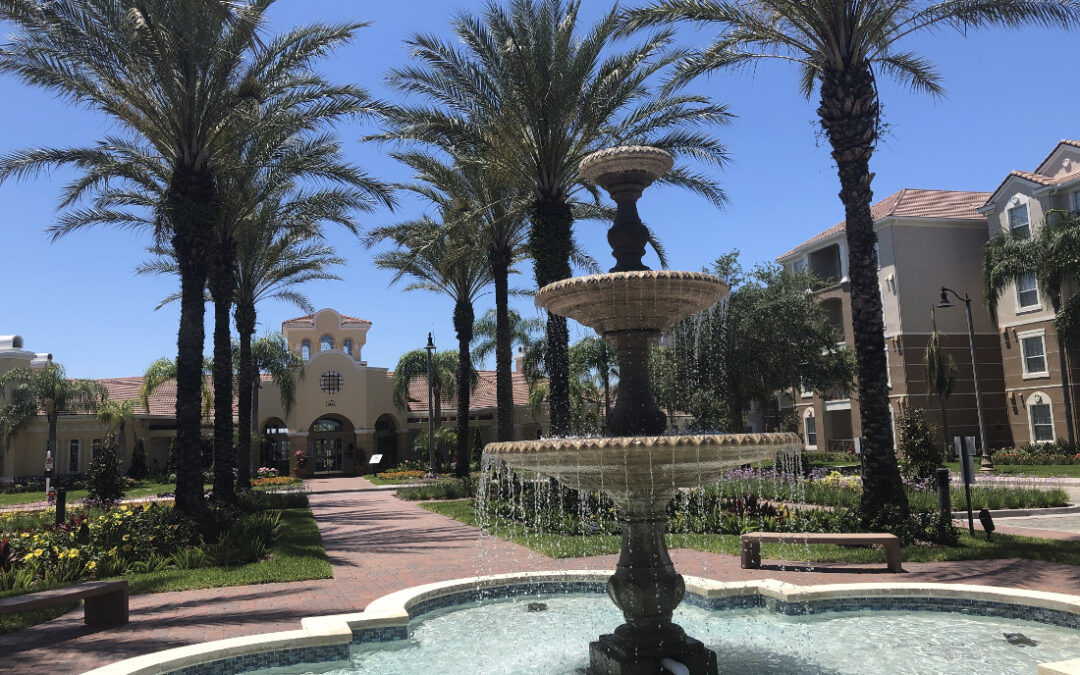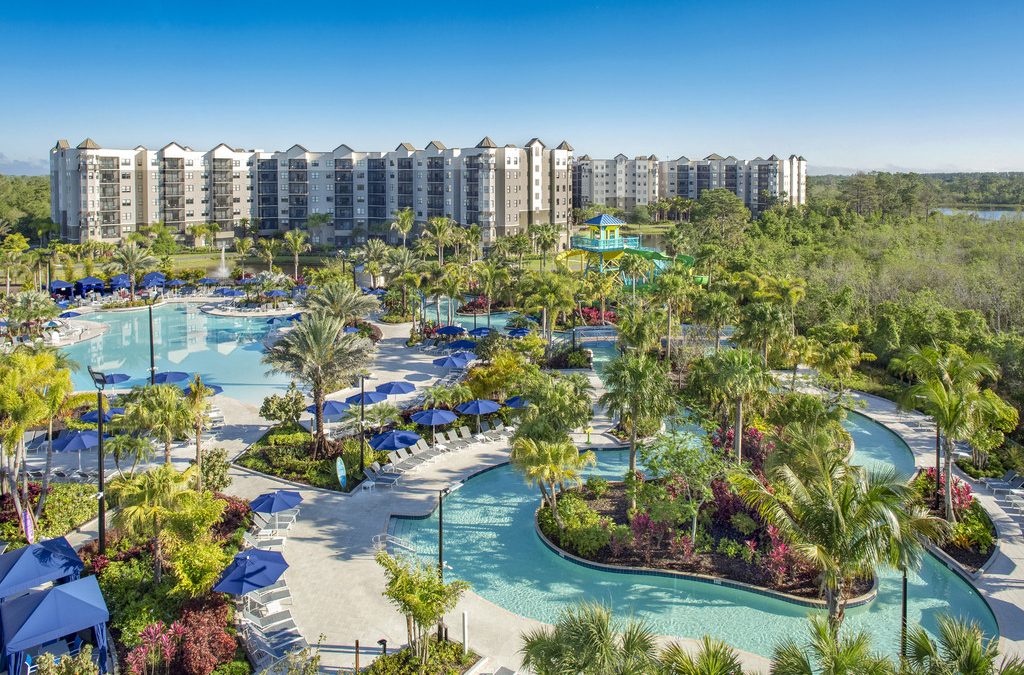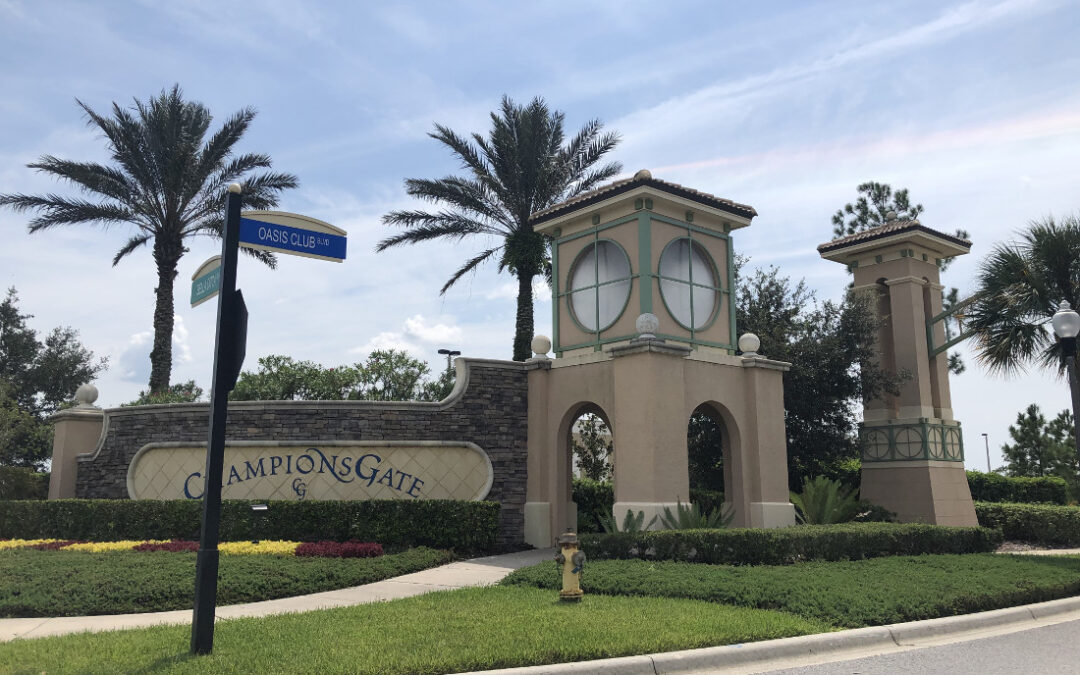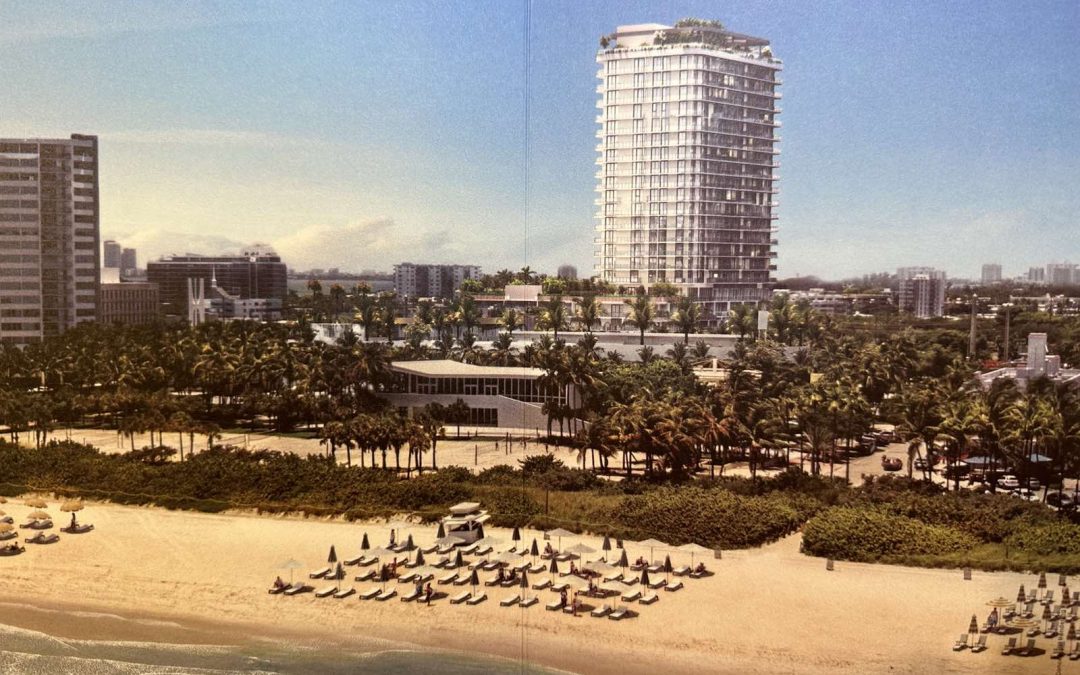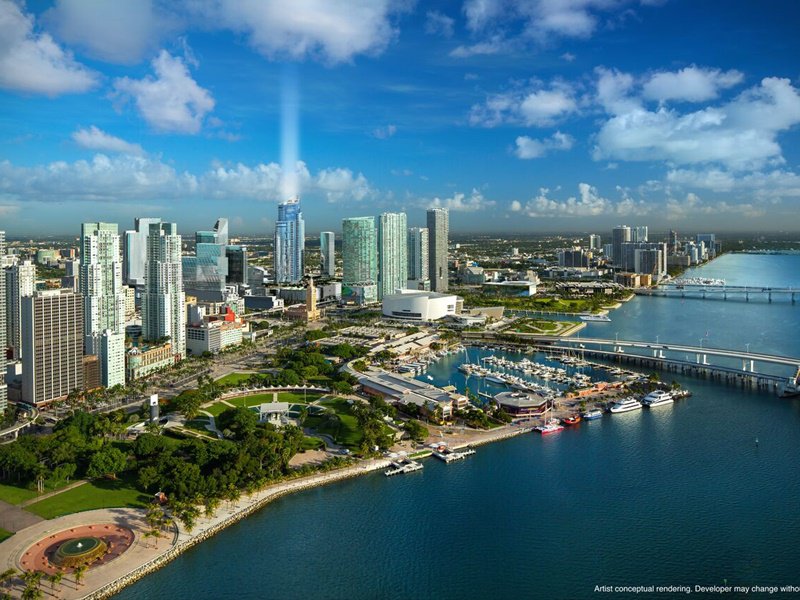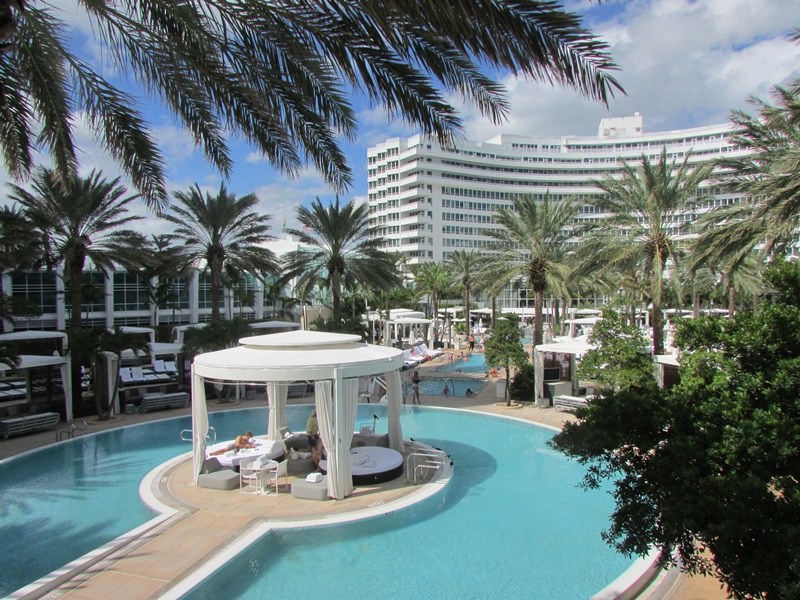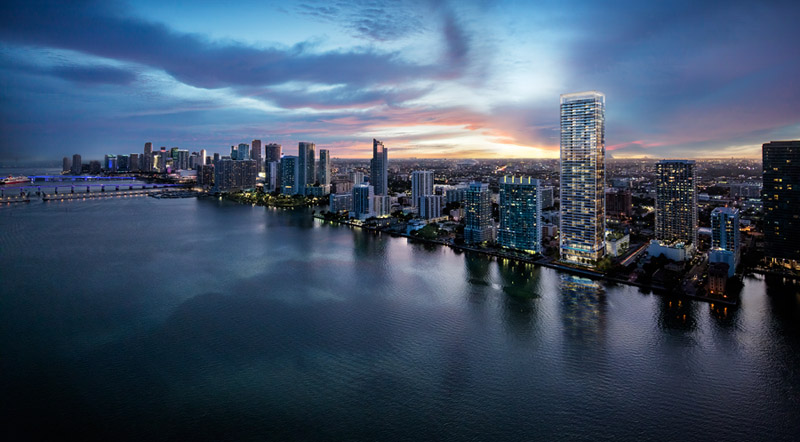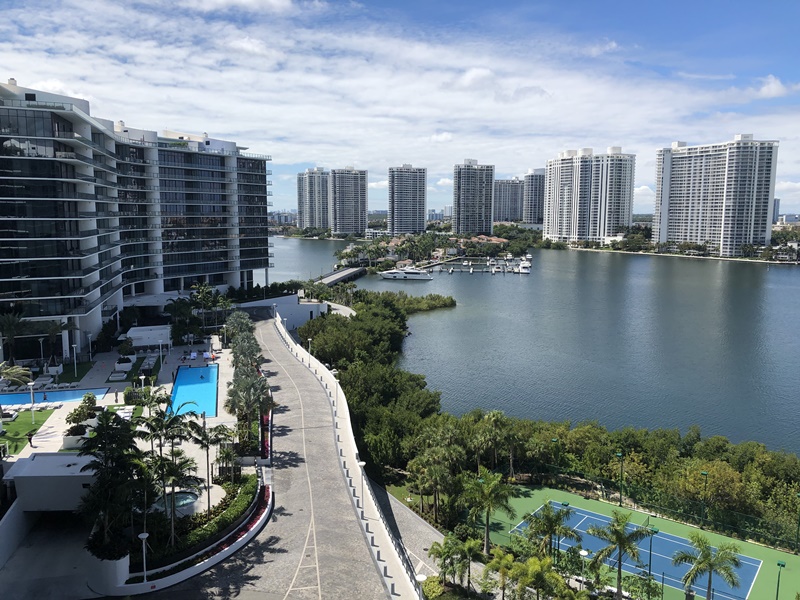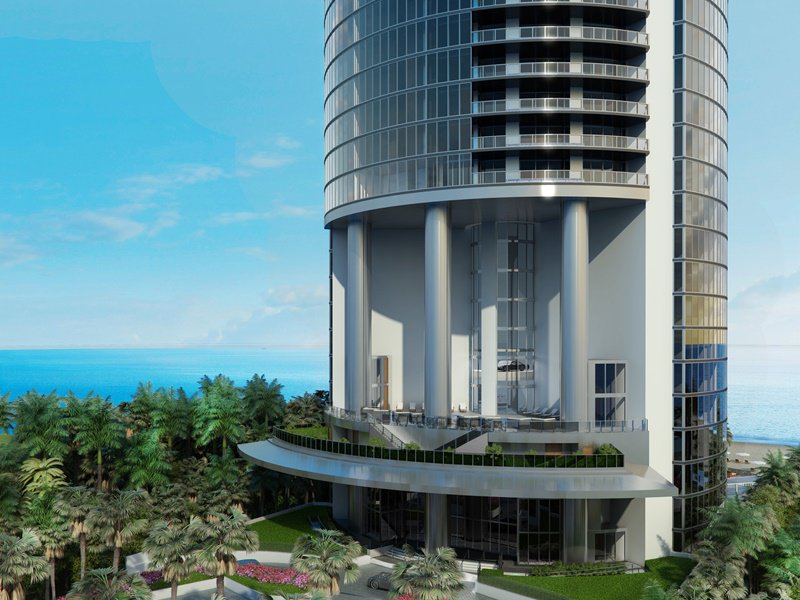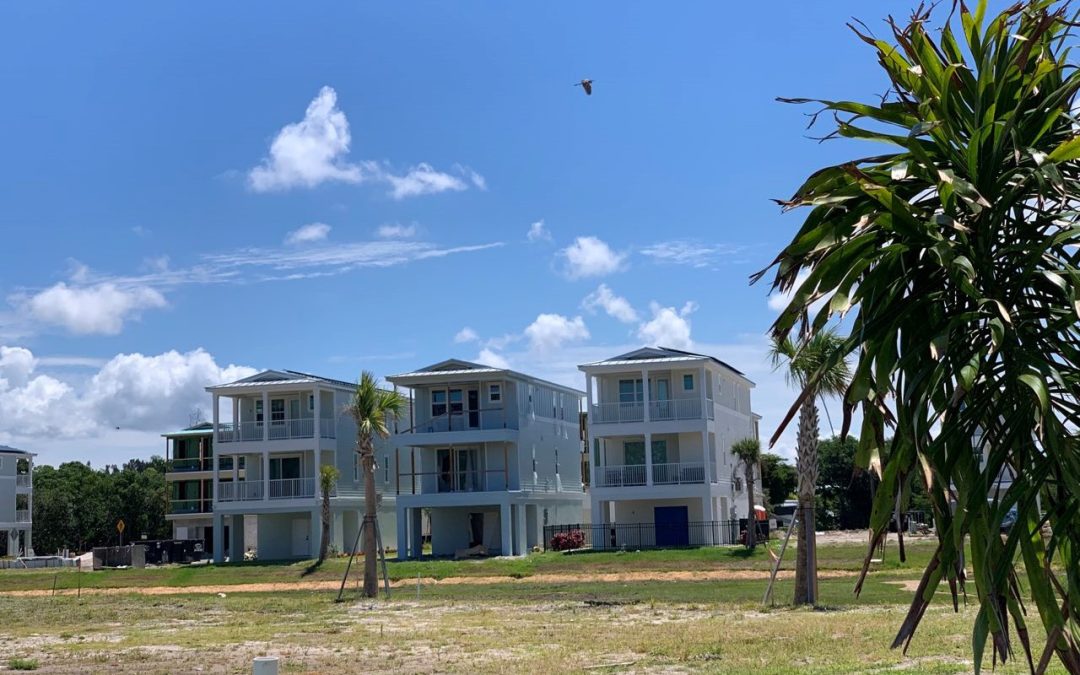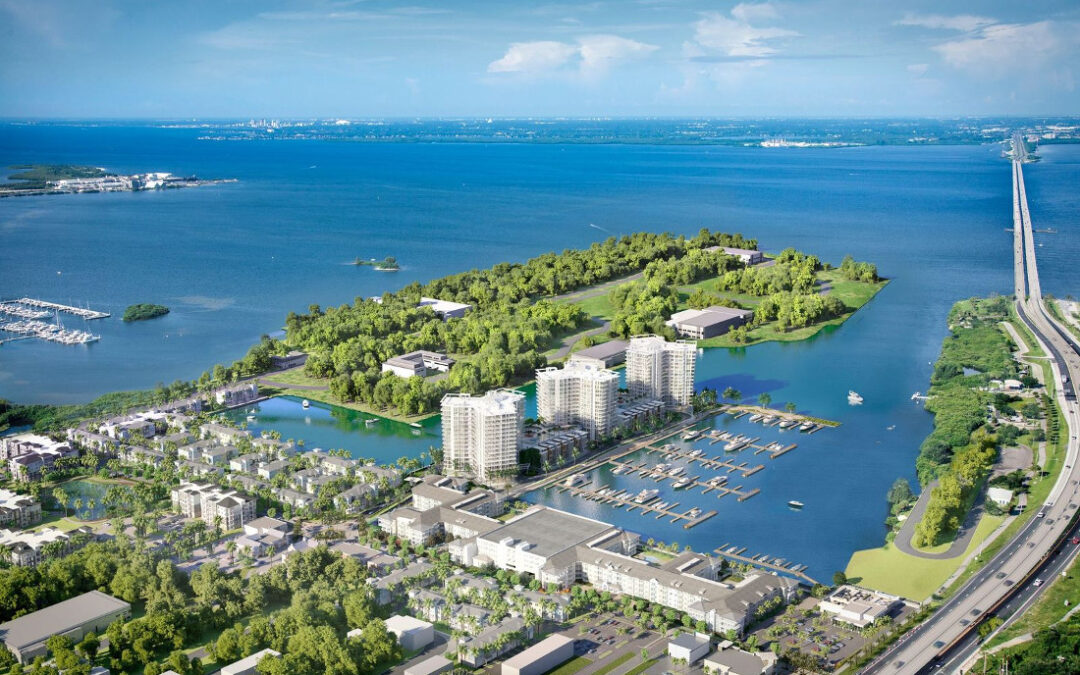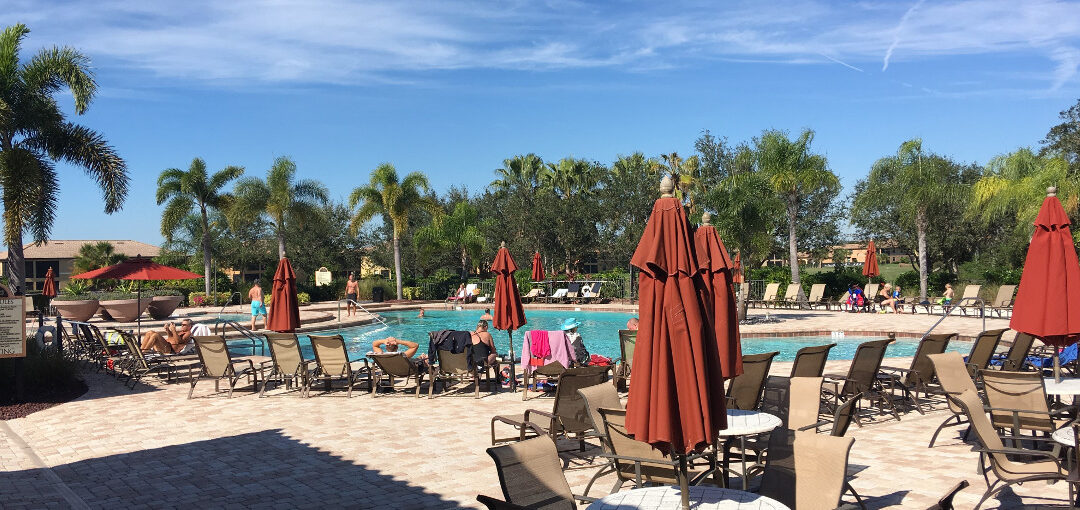The First Settlement of the United States – St. Augustine
The modern history of Florida began in the early 1500s, when European rulers wanted more lands and paid explorers to discover the area across the Atlantic Ocean. The Spanish Ponce de Leon – who traveled with Columbus earlier – arrived to the shore South of St. Augustine on the spring of 1513. He wanted to find gold, land and – according to the legend – to find a special kind of water for Spain that should keep people young forever. He immediately recognized, that the land contains lots of value. Since it was Easter celebration in Spain, Ponce de Leon named the area La Florida, meaning the “season of flowers”. Later, he returned with his men, however, they lost their battle with the local Calusa. Decades later, after several unsuccessful attempts to create a permanent European city, Don Pedro Menendez de Aviles Spanish admiral settled in St. Augustine in 1565 with the local people. This became the first permanent European city in the area that is today the United States. The existence of St. Augustine required incredible efforts in next the 200 years. The locals were very hopeful, persistent, and determined; without these, St Augustine’s survival would have been impossible. After 500 years, St. Augustine offers lots of interesting places to see and things to do.
The Fountain of Youth Park is the oldest places of interest in the United States having a spring that had been recorded in the17 th century. Evidence show that Timucuan Indians resided in the area that is now the park, and Spanish in the16th century. According to the Florida Department of State, the area of the park had been inhabited 3000 years ago. Visitors can drink from the spring containing 30 minerals. There is a planetarium at the park where visitors can see the navigation tools and techniques of the 1400 and 1500s of the explorers. Also, they can observe the sky of April 1513 the way Ponce de Leon saw it. The Discovery Globe introduces the route of the explorers and the settlements of that time.
One of the most well known structure of St. Augustine is the Castillo San Marcos. The Spanish built the fort to protect the city from the English in the 1600s. It has 5 meter- thick walls, and a shape of a star. It is made from coquina quarried on the nearby Anastasia Island. There is a bastion on each corner of the rectangular shape building. Also, it is protected by a moat and a draw bridge. The Castillo San Marcos withstood two English sieges. Today the fortress is a museum, where thousands of tourists can learn about the construction of the fort and the advantage of the coquina, the life and experiences of the colonists who lived there, attend live reenactments and experience cannon shots!
St. Augustine’s former main street, St. George St. began from the City Gates, which was the only entrance to the city. The famous street brings back the early Spanish life with shops and restaurants. Also, the oldest wooden school house located here. The Government House introduces St. Augustine’s history throughout the five centuries. The Old Market, the Oldest House, the Colonial Spanish Quarter, the Bridge of Lions also famous places of St. Augustine.
Wild animals, exotic mammals and birds, Florida native reptiles, albino alligator, lemur of Madagascar etc. reside at the St. Augustine’s Alligator Farm Zoological Park. Visitors can meet the statutes of Hollywood Stars, politicians, and professional athletes at the Potter’s Wax Museum. The city and lots of other interesting things offers relaxation. Those who like art, music, and sport also find programs every day of the year!



